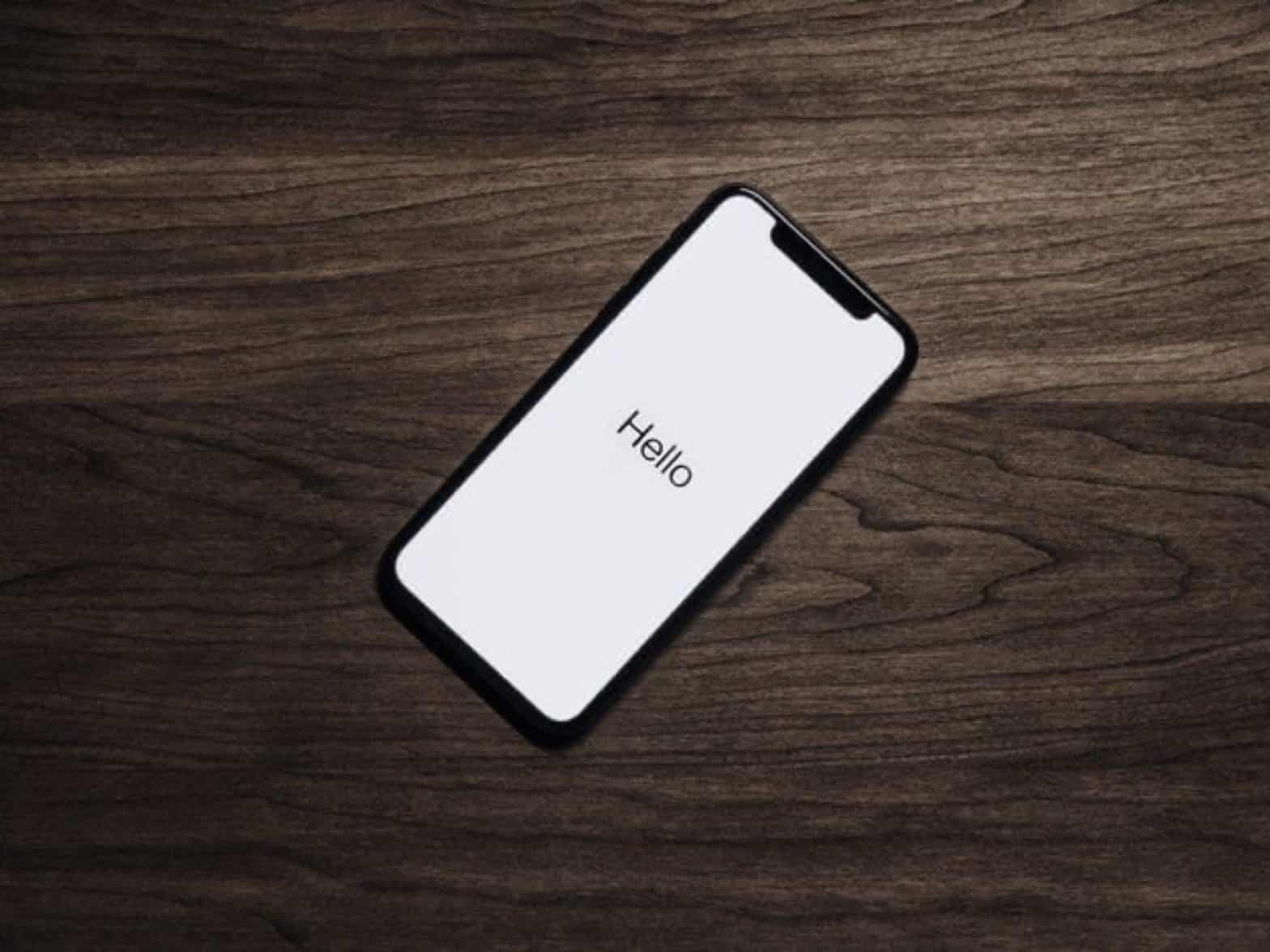
Over the past decade, we’ve watched mobile website design continually evolve and develop, from fledgeling lack of usable websites on the first iPhone to a lack of responsive design features taking a deadly toll on a modern sites visitor figures. Here’s how mobile web design is set to evolve over the next few years.
Overtaking Desktop Browsing
Mobile web browsing overtook desktop browsing for the first time way back in 2016. Since then, it’s only continued taking a larger and larger market share. Nowadays, it’s vital to produce websites that function across devices.
It doesn’t matter how perfect and innovative your website design is. If it only works on a desktop monitor, it can’t be perfect or innovative. And it won’t be successful most of the time.
We’ve gone beyond the simplicities of building a mobile website design that scales appropriately, beyond building separate mobile websites and unnecessary apps aren’t necessarily the answer.
Mobile Devices Necessitate Responsive Design
It used to be that mobile website design simply meant building a website that could just about function on a little screen, with buttons that remained clickable, and no hideous rescaling problems.
Nowadays, mobile web design is more about responsive design. It’s about creating websites that work amazingly no matter the device size, scale and shape. The focus is on creating a browsing experience that is always at the same quality regardless of the device.
It’s All About Voice Recognition
Since the clunky early days of Siri, to now, where almost every office has a voice recognition hub, as well as many homes, things have come a long way in the world of voice recognition.
With voice search steadily growing, it’s going to be interesting to see how mobile website design is going to respond to this challenge. How do you navigate around a website using voice control? How is that going to work?
Voice recognition could play into VR browsing in a big way too. Allowing users to get around the weirdness of not being able to see their hands using keyboard, mouse or touchscreen in real-time.
VR, AR, Wearables and Mobile Website Design
People like to talk about virtual reality a whole lot more than they like to talk about augmented reality. It’s a more glamorous concept, with AI capturing the sci-fi minds of those who grew up in the late eighties and nineties, with all the incredibly clunky representations of virtual reality. It’s mind-blowing to consider that is almost functional and with us now.
However, augmented reality, like Google Glass is much more promising for the average user. Providing mobile devices that offer whole new heights of convenience and functionality. Smartwatches are the same, providing new ways to browse and peruse. How are websites going to respond to these new platforms?
In honesty, most websites are still struggling with the basics of voice search. Still, it’s interesting to think about all the new ways of browsing set to challenge the ways in which we access websites.




 Blog
Blog

